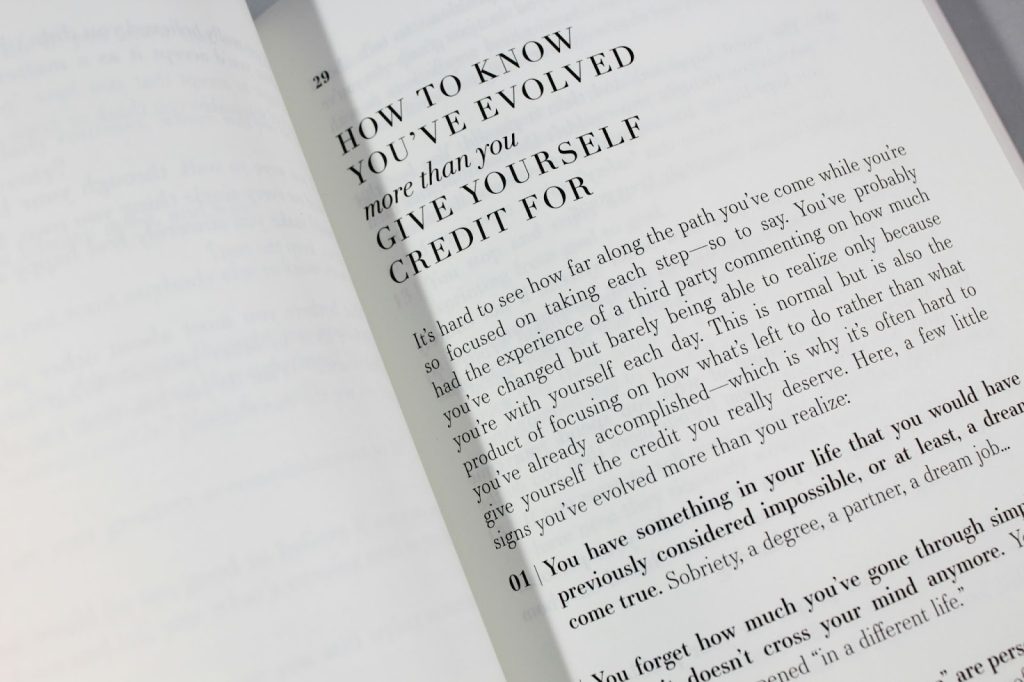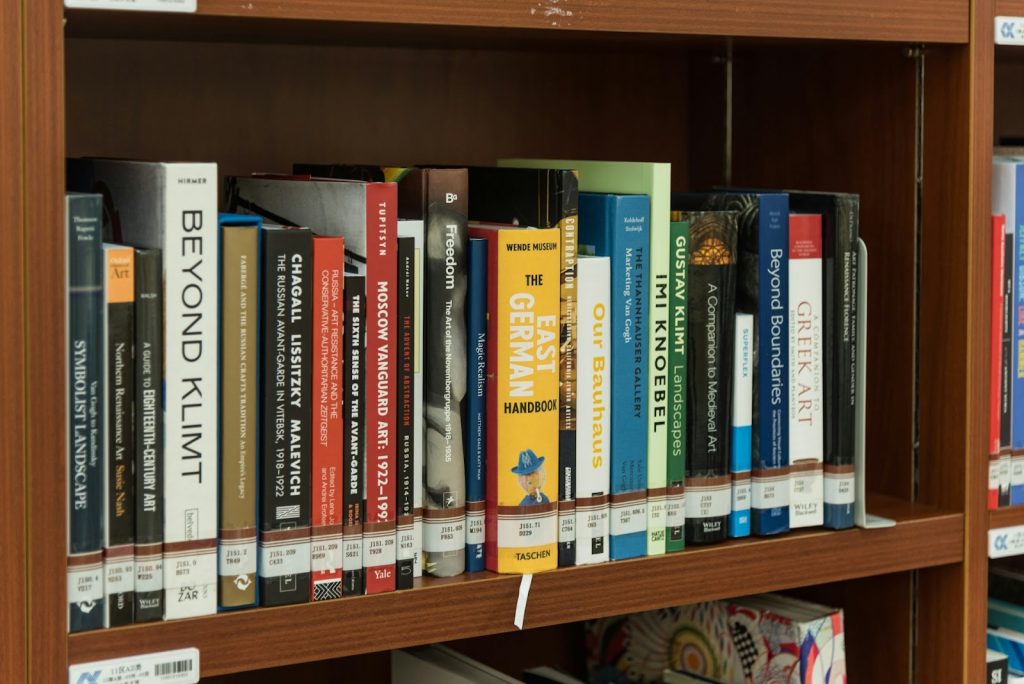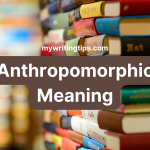Let’s explore the often-confusing world of apostrophes. Whether it’s showing possession or creating contractions, understanding how to use apostrophes correctly is crucial for effective writing.
We’ll break down the rules with practical apostrophe examples, helping you avoid common mistakes and sharpen your punctuation skills. Let’s dive into the nuances of this small but mighty punctuation mark!
Table of Contents
The Function of Apostrophe in English
In English, the apostrophe serves two primary functions. They are:
- Indicating Possession: The apostrophe is used to show ownership or possession. For singular nouns, the apostrophe is followed by an ‘s’, as in “the dog’s leash.” For plural nouns that already end in ‘s’, the apostrophe is placed after the ‘s’, as in “the teachers’ lounge.” For plural nouns not ending in ‘s’, the apostrophe is followed by ‘s’, like “children’s toys.”
- Forming Contractions: The apostrophe is used to indicate that one or more letters have been omitted in the contraction of two words. Common examples include “don’t” (do not), “can’t” (cannot), “you’re” (you are), and “it’s” (it is or it has). This function helps in making the language more casual and conversational.

Apostrophe Examples and Use Cases
Let’s explore how apostrophe is applied in English, illustrated by clear examples.
Possessive Apostrophe
The possessive apostrophe is used in English to indicate ownership or belonging. Its usage varies slightly depending on whether the noun is singular or plural, and whether a plural noun ends in ‘s’.
Here’s a detailed explanation with examples:
Singular Nouns
For a singular noun, add an apostrophe followed by ‘s’ to form the possessive.
Example:
- “The cat’s toy” (the toy belonging to one cat).
- “Sarah’s book” (the book belonging to Sarah).
Plural Nouns Ending in ‘s’
For plural nouns that already end in ‘s’, simply add an apostrophe after the ‘s’.
Example:
- “The dogs’ kennel” (the kennel belonging to several dogs).
- “The teachers’ lounge” (the lounge for the teachers).
Plural Nouns Not Ending in ‘s’
For plural nouns that don’t end in ‘s’, add an apostrophe followed by ‘s’.
Example:
- “The children’s playground” (the playground for the children).
- “The women’s meeting” (the meeting for the women).

Singular Proper Nouns Ending in ‘s’
For singular proper nouns ending in ‘s’, there are two common styles. One style is to add an apostrophe followed by ‘s’ (James’s book), while the other is just to add an apostrophe (James’ book). Style guides may differ in recommendations.
Compound Nouns
For compound nouns, add the apostrophe ‘s’ to the end of the entire word.
Example: “My brother-in-law’s car” (the car belonging to my brother-in-law).
Joint Possession
If two or more people own something together, add the apostrophe ‘s’ to the last name only.
Example: “Alice and Bob’s apartment” (the apartment belonging to both Alice and Bob).
Individual Possession
If two or more people own separate items, add the apostrophe ‘s’ to each name.
Example: “Alice’s and Bob’s books” (the books belonging to Alice and the books belonging to Bob).
Learning Reference: sussex.ac.uk
Apostrophe in Contractions and Omissions
The apostrophe is widely used in English to create contractions and denote omissions. This usage makes speech and writing more informal and conversational. Here’s how it works:
Contractions
A contraction combines two words into one by omitting certain letters, and the apostrophe marks where these letters have been left out.
Example:
“Don’t” is a contraction of “do not,” with the apostrophe replacing the omitted ‘o’.
“I’m” is a contraction of “I am,” where the apostrophe shows where the ‘a’ has been omitted.
“Can’t” is a contraction of “cannot,” with the apostrophe replacing the omitted ‘no’.
“She’ll” is a contraction of “she will,” where the apostrophe takes the place of ‘wi’.

Omissions
Apart from standard contractions, apostrophes are used to indicate omitted letters in other informal contexts or stylistic writing.
Example:
In informal speech, “rock ‘n’ roll” omits the ‘a’ and ‘d’ from “rock and roll.”
In poetry or creative writing, words like ‘o’er’ (over) or ‘e’er’ (ever) use an apostrophe to maintain rhythm or rhyme by omitting letters.
“Tis” for “it is,” with the apostrophe indicating the omission of the initial ‘i’.
“Ma’am” for “madam,” where the apostrophe replaces the omitted ‘d’.
Common Mistakes to Avoid Using Apostrophes
Using apostrophes correctly can be tricky, and certain common mistakes frequently occur. Avoiding these will enhance the clarity and professionalism of your writing.

Here are scenarios to side step:
#1 Its vs. It’s Confusion
Mistake: Using “it’s” (contraction for “it is” or “it has”) when indicating possession.
Correct Use: “Its” for possession (e.g., The company lost its assets) and “it’s” for contraction (e.g., It’s raining).
#2 Misplaced Apostrophes in Plurals
Mistake: Adding an apostrophe to make a word plural (e.g., Apple’s for sale).
Correct Use: Use apostrophes only for possession, not for regular plurals (e.g., Apples for sale).
#3 Confusing Plural Possessive Forms
Mistake: Using an apostrophe incorrectly with plural possessive nouns (e.g., The Smith’s house).
Correct Use: Place the apostrophe after the ‘s’ for plural possessive (e.g., The Smiths’ house).
#4 Incorrect Use with Dates or Acronyms
Mistake: Using apostrophes with dates or acronyms (e.g., 1980’s, DVD’s).
Correct Use: No apostrophe for plural dates or acronyms (e.g., 1980s, DVDs).
#5 You’re vs. Your Confusion
Mistake: Confusing “you’re” (contraction of “you are”) with the possessive pronoun “your.”
Correct Use: “You’re” for contraction (e.g., You’re welcome) and “your” for possession (e.g., Is this your book?).
The Conclusion
Apostrophes are small yet mighty punctuation marks that, when used correctly, can greatly enhance the precision and effectiveness of your communication. We hope that the apostrophe examples above can help you understand the nuanced rules governing the principles of apostrophes.
FAQs
What are the 3 rules for apostrophes?
Three rules for using apostrophes are:
Show possession for singular and plural nouns (e.g., Sarah’s book, the dogs’ kennel).
Form contractions by replacing omitted letters (e.g., can’t for cannot, it’s for it is).
Indicate omission of numbers in dates or certain plurals (e.g., class of ’22, MPs for multiple Members of Parliament).
What are the 2 types of apostrophes?
Two types of apostrophes commonly used are:
Curly Apostrophe: Also known as the smart apostrophe, it curves like a comma (’).
Straight Apostrophe: Resembles a straight vertical line (‘) and is often used in digital formats.
What is an apostrophe in a sentence?
Here are a few examples:
As possession: “Jessica’s idea was brilliant.”
As a contraction: “She’s going to the concert.”
Indicating omission: “The summer of ’69 was unforgettable.”


